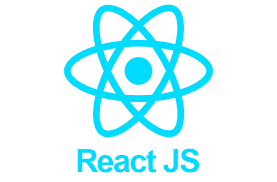Hire React Developers in Brazil: 2025 Guide
React.js has become the backbone of modern front-end web development. Its component-based architecture, high performance, and wide ecosystem make it the go-to library for building everything from sleek user interfaces to complex, data-driven web apps.
As React adoption continues to surge across startups and enterprises, many U.S. companies are turning to Brazil to hire skilled, cost-effective React developers.
This guide covers everything you need to know to hire React developers in Brazil in 2025—from sourcing and skills to salary benchmarks, interview tips, and compliance.




Why Hire React Developers in Brazil?

1. A Deep Pool of Frontend Talent
Brazil has one of the largest software engineering workforces in Latin America, with over 500,000 developers. React.js consistently ranks as one of the top technologies in Brazil’s bootcamps, coding schools, and university programs, meaning you’ll find strong talent across experience levels.

2. Cost-Effective Without Compromising Quality
According to Revelo’s 2025 Brazil Hiring Guide, hiring React developers in Brazil can reduce costs by 40–60% compared to U.S. salaries. With competitive rates and strong technical training, Brazilian engineers offer excellent value.

3. Time Zone Alignment with the U.S.
Brazilian working hours (GMT-3) closely match those of U.S. East Coast and Midwest companies. Real-time communication and agile team coordination are easy—no late-night or early-morning meetings required.

4. Remote-Ready and Culturally Compatible
More than 80% of Brazilian developers work remotely. Most are fluent in English, well-versed in global tooling (Slack, Jira, Figma, GitHub), and experienced in async workflows.
Frequently asked questions
React Developer Stats for 2025
React.js is used by over 65% of frontend developers worldwide, according to the 2025 Stack Overflow Developer Survey.
Next.js adoption grew 34% YoY, reflecting the demand for server-side rendering and performance-optimized React apps.
U.S. companies hiring React developers in Brazil save an average of 50% in total compensation, based on Revelo’s 2025 salary data.





